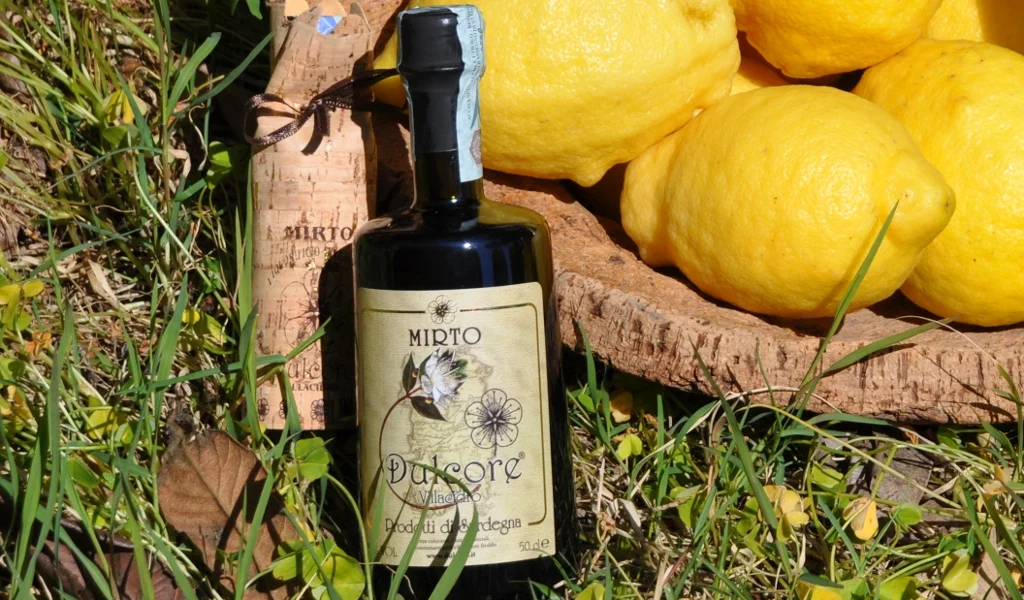BY TIFFANY SCIACCA
I will admit, when I was a younger, I was a "W" girl. Either wine or whiskey, thank you very much. No cloyingly sweet drinks for me, and liqueurs were for shots, Jägermeister and Lemon drops, oh the horror! Now, forever traumatized by the scent of both and now fortunate to live in Sicily, my eyes have opened to many other options, diverse and less expensive when you tap from the source! I am no longer one for shots, but can enjoy a long sip every now and then. If you would like to touch a lip to something sweet or bitter, here are six great options.
Alchermes
via una lucciola
Popular in Tuscany, Umbria, and Sicily, Alchermes comes via the Spaniards by way of an Arabic recipe. Made with an infusion of sugar, cinnamon, cloves, and nutmeg among other tasty ingredients, this would be a perfect addition to any upcoming holiday meal. Alchermes is recognizable by its Scarlet color derived from the Kermes a small parasitic insect. Though I could not tell you if the more mass-produced examples still adhere to the use of this ingredient, I for one would seek it out just out of curiosity.
Mirto (digestif)
A Sardinian amaro (bitter) derived from the berries and leaves of the Myrtle plant. The taste of Mirto is a combination of juniper and rosemary and best served very cold. 2-4 degrees ºC and traditionally served after dinner.
Tuaca [tuˈaːka])
The recipe for this liqueur traces back to the Renaissance period. Most early liqueurs were meant to be medicinal and the art of healing is probably a little bit older than the art of imbibing! The original recipe called for milk in addition to brandy, vanilla and other citrus essences, but the milk is no longer used. Tuaca is perfect on its own as a dessert or as an accompaniment to Almond cake or as a mixer with coffee or tea.
Strega (digestif)
via indiwo.com
Strega, produced in Benevento, Italy is an herbal liqueur that has been around since the 1800’s. It has a distinct Canary yellow color due to Saffron being a main ingredient. Strega is aged in ash barrels and though consisting of at least 70 herbal ingredients, including Ceylon cinnamon, Florentine Iris, and fennel, it has a minty taste and is commonly used in Caprese cake, a traditional Italian chocolate and almond (or walnut) cake.
Rosolio
Also called liqueur of the past, popular in Sicily and usually given as a gift to houseguests as a symbol for good luck. Rosolio was created by nuns who macerated rose petals in alcohol for a delicate drink to serve to special visitors.
Cynar (digestif)
via Forbes
A more modern concoction, Cynar is a bitter crafted from more than a dozen herbs and plants including the artichoke, though you cannot taste it. It is sweeter than most bitters of its class. You can mix Cynar with almost anything from cola to eggnog. Or add it to a glass of sugary white wine to dull its sweetness.
So the next time you are in the mood for an alternative to wine or whiskey, and don’t want the usual, take a peek at the specialty section in your local Wine and Spirits store. Better yet, if you have a Little Italy or specialty market, pop in and treat yourself!
Tiffany Sciacca is a writer who has recently moved to Sicily from the Midwest. Her work has appeared in the Silver Birch Press, SOFTBLOW and DNA Magazine UK. When she is not learning a new language or trying to blend in, she is reading horror anthologies, binging on Nordic Noir or plugging away at her first Giallo screenplay. @EustaceChisholm





































